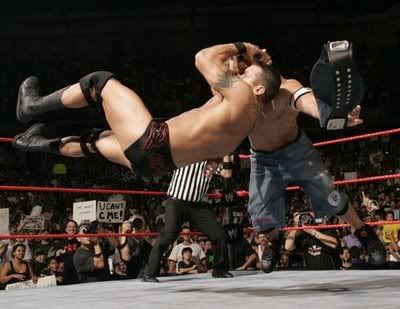In music, chords are generally built in the triad formation; built from the root, the third and the fifth.
To create a dominant 7th chord, you do the triad formula first, and add a 7th.
So a dominant 7th chord is built this way:
- The root note
- The third note
- The fifth note and
- The seventh note.
So if you were to create the chord of G7, you would do this by finding:
- The root note: G (remember, root notes are the note from which the chord takes its name)
- The third note: B (count up, G-A-B)
- The fifth note: D (count up from G-A-B-C-D)
- The seventh note: F (count up, G-A-B-C-D-E-F)
Now, the more astute among you will note that if you are in the key of G, the seventh note would be an F#, because that is what the key signature for G major tells you, and that would follow the tones and semitones pattern of a G major scale.
BUT HAUD ON A WEE MINUTE
This isn't just a G major chord with a 7th degree of the scale stuck on top. This is a Dominant 7th, which makes a difference. The reason it is called a Dominant 7th is because of its relation to the key of C major.
Haud on again.
Remember from the post about major scales- the T-T-S-T-T-T-S pattern? Yeah, well now think about the actual fancy "proper" names for the degrees of the scale...
| Degree of the Scale | Note Name | Proper Name | Roman Numeral |
|---|---|---|---|
| 1 | C | Tonic | I |
| 2 | D | Supertonic | ii |
| 3 | E | Mediant | iii |
| 4 | F | Subdominant | IV |
| 5 | G | Dominant | V |
| 6 | A | Submediant | vi |
| 7 | B | Leading Note | vii |
(There is no 8th because it's the same as the first)
So make the connection here: the Dominant degree of the key of C major is G. Therefore, the chord of G7 is actually the Dominant 7th of the key of C.
With this is mind, try to figure out which chord the Dominant 7th of the key of G is...
...D7!
So how did I figure that one out?
I found the dominant degree of the G major scale, which is D. How did I do that? By counting up to 5 from G. (Check it. G-A-B-C-D)
That is the first part done, so we can now build the chord.
How do we do that again?
Start with a triad... Root, third, fifth (remember the key signature)
That gives you D, F# and A.
Then you must add the 7th.
Count up the notes from D, D-E-F#-G-A-B-C.
So we bang a C on top of that triad and we get D,F#,A,C.
See how this works? Try to work out what the dominant 7th chord of the key of F major is.
... Did you get it? C7- notes of which are C, E, G and B flat. Remember, the B flat is in the key signature. That's important to remember because if you forgot and played it, it wouldn't sound like a dominant 7th chord at all. It'd actually just sound mince.
How do you use a dominant 7th?? I hear you ask. (Not exactly).
Think about it- a perfect cadence is a chord V to chord I cadence, and sounds strong and finished.
Adding a 7th turns that cadence into an even bigger moment because of the 7th note (which is also the subdominant note of the key you're in, remember) The specialness happens because that wants to fall to the third in the tonic chord, creating a strong drive towards the tonic chord for the listener.
I know you don't care much about that, but what you should take from this is that a V7-I Perfect cadence is a stronger and more effective finisher move. Like Randy Orton's RKO. These happen when the ending of the match needs to be one of those big hard hitting moments that the other guy isn't coming back from.
So a V7-I cadence is like a Stone Cold Stunner or an RKO.
A V-I is maybe still a good finisher, just not as good. Like the Pedigree that Triple H does. Both still result in perfect cadences, just one has a bit more impact.

No comments:
Post a Comment
All comments will be moderated.